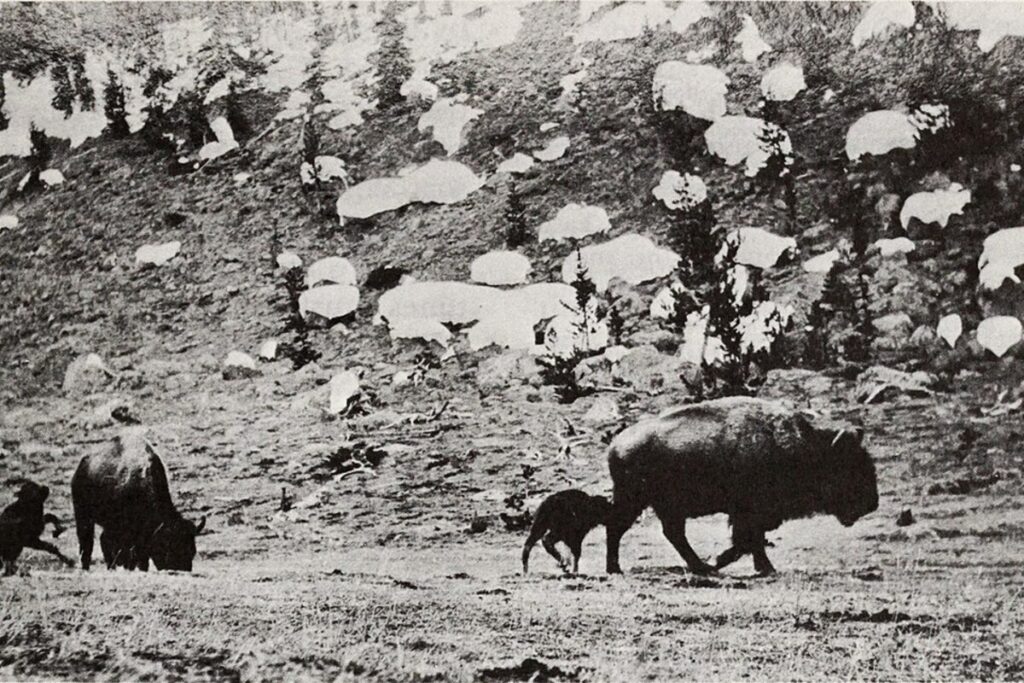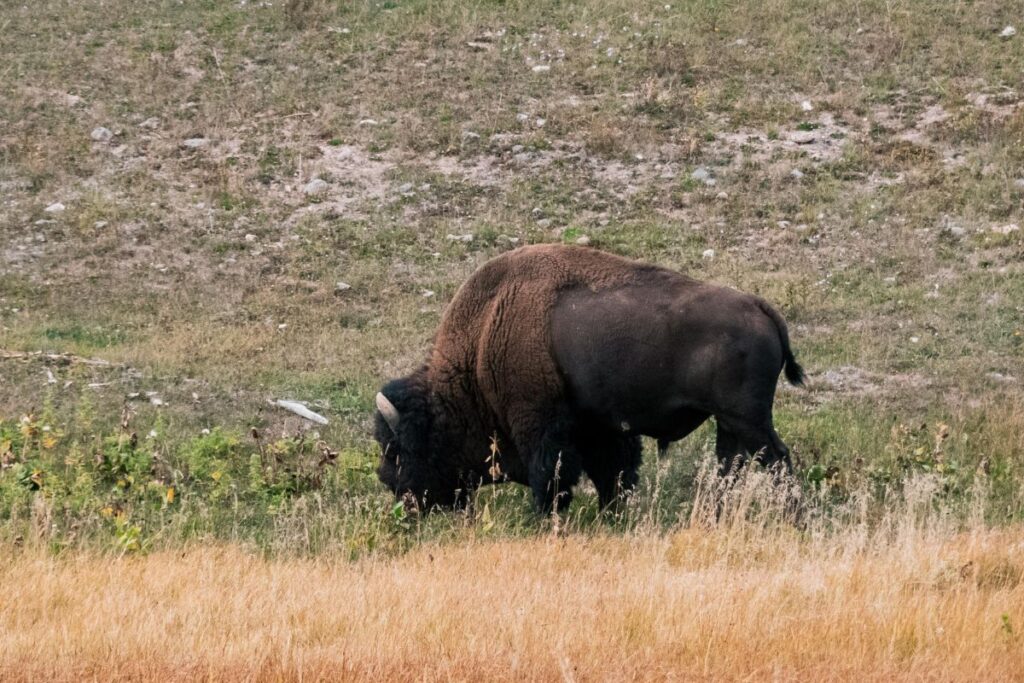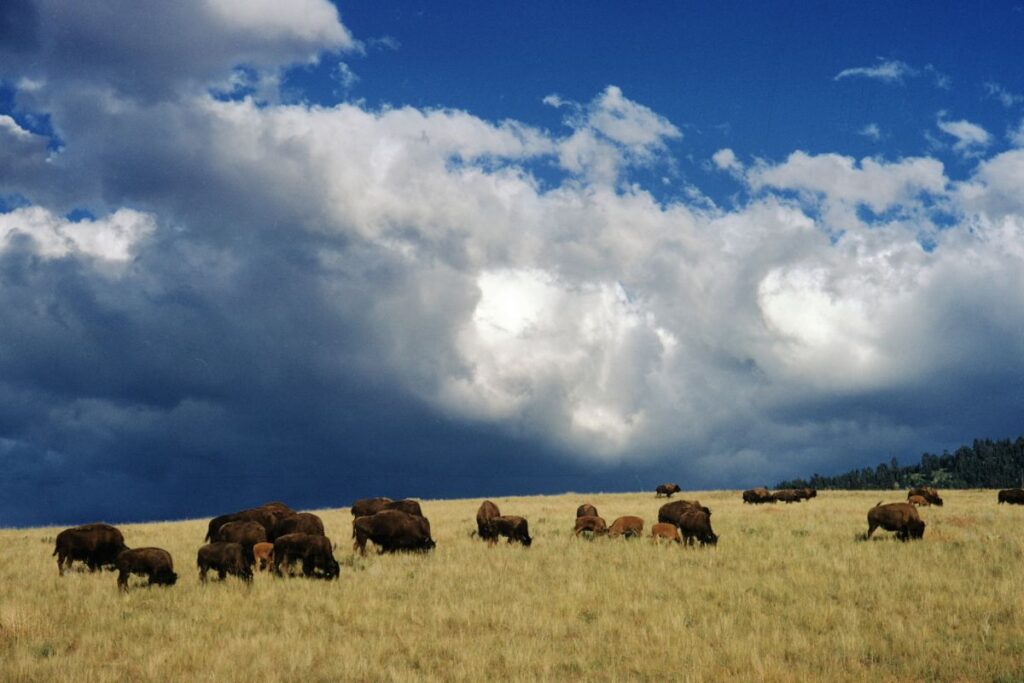
The return of bison to the Great Plains is a testament to the resilience and leadership of Native Nations, whose efforts have been instrumental in bringing back these iconic animals from the brink of extinction. Once numbering in the millions, the bison population dwindled drastically due to European expansion. However, through collaborative conservation efforts and the dedicated work of Indigenous communities, the bison’s presence on Tribal lands has been renewed, symbolizing a revitalization of cultural and ecological bonds.
The Bison’s Near-Extinction and Revival

In the late 19th century, the bison population, which once spanned the North American plains, was nearly obliterated, with only a few hundred remaining. Conservation efforts, including those by Native Nations, have gradually rebuilt the population to about 45,000, with a significant portion managed by Native communities. Despite these strides, challenges remain, as Native Nations continue to work toward restoring these animals to their natural habitats.
Restoration Efforts on Tribal Lands

Native Nations are leading bison restoration projects across the Great Plains, creating sanctuaries that provide ecological and economic benefits. In South Dakota, the Sicangu Lakota Nation established the Wolakota Buffalo Range, which aims to house one of the largest Native-managed bison herds in North America. This project highlights how community-driven initiatives can expand bison populations while fostering economic development.
Fort Peck’s Role in Yellowstone Bison Redistribution

The Assiniboine and Sioux Tribes of Montana’s Fort Peck Reservation have played a crucial role in the bison’s resurgence by managing a facility that redistributes Yellowstone bison to other Native lands. Their buffalo program has become a model for Tribal-led conservation, illustrating the connection between bison restoration and Indigenous well-being.
Grassland Restoration and Education at Fort Belknap

At Fort Belknap, the Aaniiih and Nakoda Tribes are transforming former croplands into bison habitats, where native grasses are being reintroduced. The Tribal College’s newly established Buffalo Research and Education Center merges Indigenous ecological knowledge with Western science, nurturing future conservation leaders. This initiative demonstrates the broader educational and cultural impacts of Tribal-led conservation.
A Symbol of Hope and Renewal

The return of the bison to Tribal lands reflects the enduring resilience of Native Nations and their holistic view of conservation. These efforts not only revive essential ecological dynamics but also restore sacred connections and traditions, building a legacy for future generations. Through these projects, the thunder of bison hooves once again resonates across the plains, symbolizing renewal, unity, and hope.
Sources:
PBS Nature – https://www.pbs.org/wnet/nature/blog/american-buffalo-back/
New York Times – https://www.nytimes.com/2023/07/04/us/native-american-tribes-bison.html
Stay connected with us for more stories like this! Follow us to get the latest updates or hit the Follow button at the top of this article, and let us know what you think by leaving your feedback below. We’d love to hear from you!







